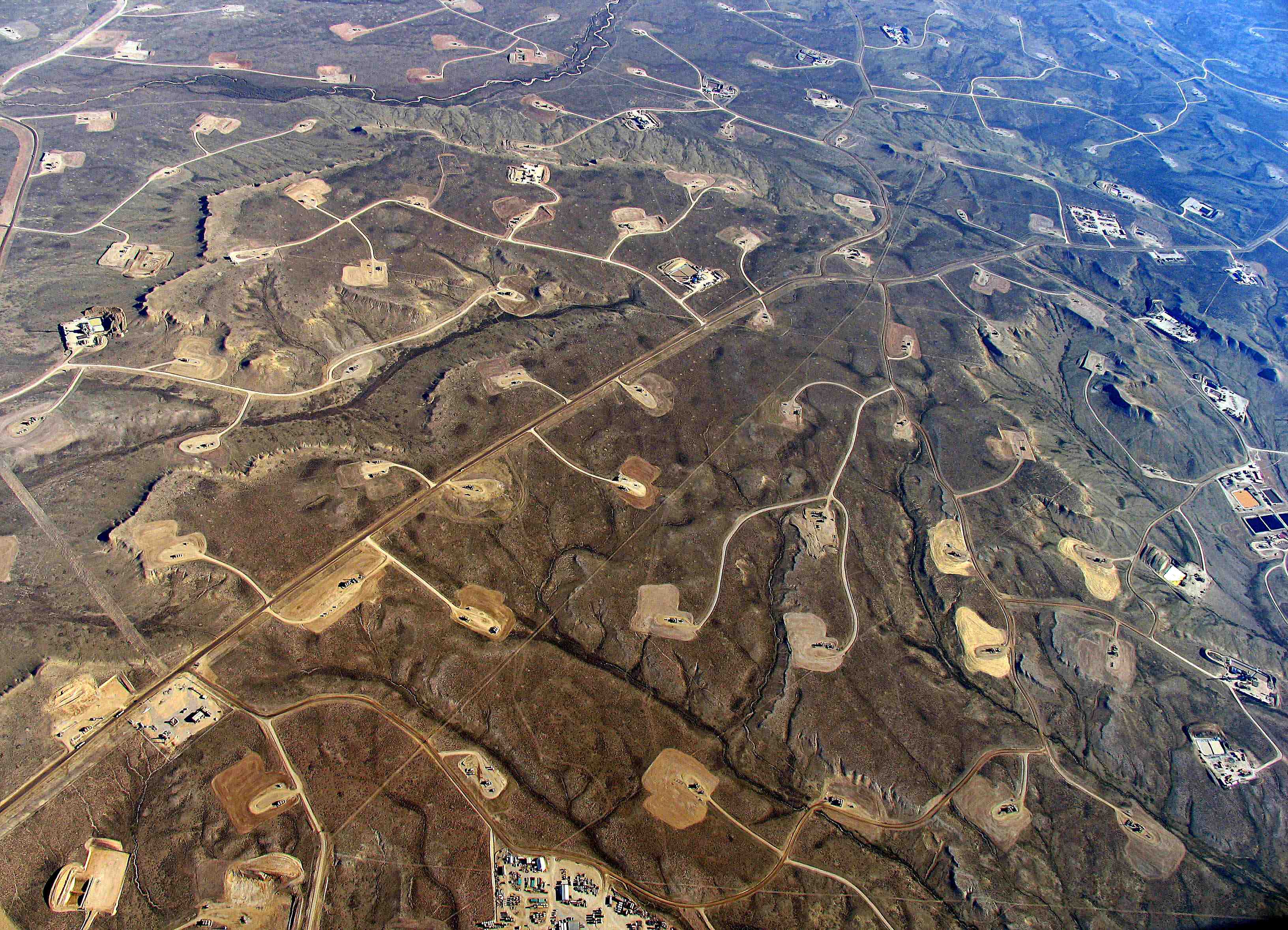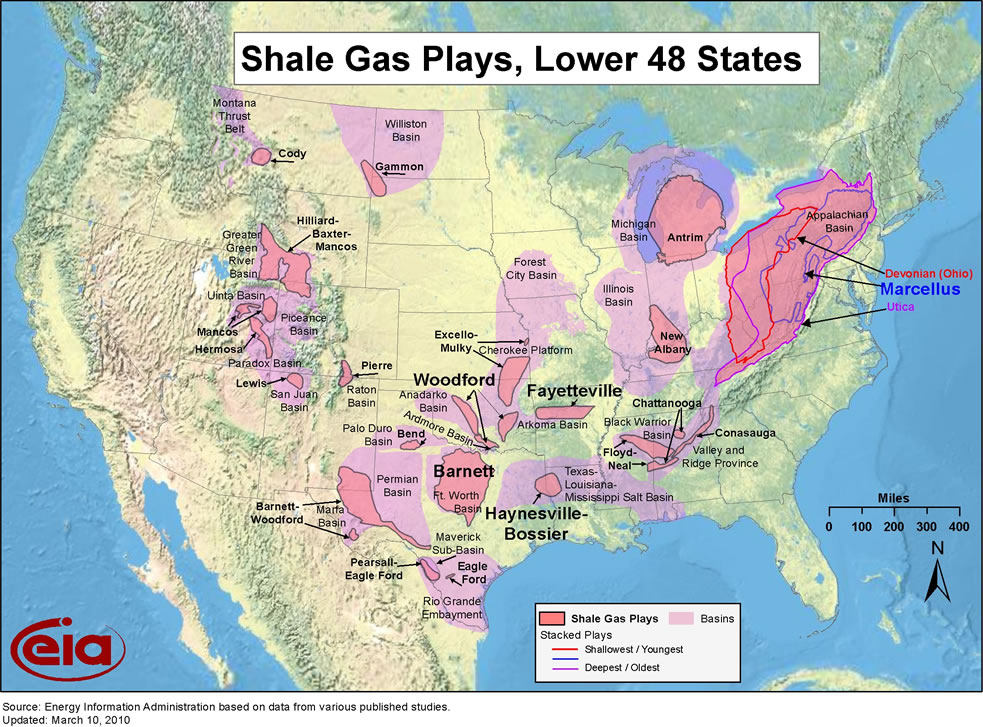Shale rock has come to the attention of oil producers looking for new sources of oil and gas to fuel the needs of global economies. It is a special type of rock formation that requires highly technical methods of extraction. Energy companies have developed these innovative methods of extraction to take advantage of this unique resource that is found in many countries around the world.
What Is Shale Made Of?
Essentially, shale rock is sedimentary rock that is very finely grained. It contains, clay, silt and small particles of calcite, quartz and other minerals. Shale is part of a category called “mudstone,” because it is formed by layers of mud and silt that are deposited in the ground. It is unique in that it can break apart into parallel layers more easily than other types of rock. Oil and gas is contained within these layers, which must be broken apart using special techniques that allow this rich resource to be harvested.
How Is Shale Formed?
Shale forms when the environment carries silt, containing a variety of minerals from eroded rocks, and deposits it in layers in a particular region over time. The layers may contain clay, feldspar, mica, quartz and variety of different types of organic matter. These layers become compressed together at high pressure over thousands of years, in a process called “lithification,” which turns it into rock. This material also contains kerogen, which is believed to be the substance that causes oil and gas to form from the compressed organic matter in the silt.
How Are Oil and Gas Extracted from Shale?
A number of different methods can be used to extract oil and gas from the layers of rock in a shale formation. Pyrolysis, hydrogenation or thermal dissolution are common extraction methods. The process used is determined by the type of environmental conditions that exist in a shale deposit, and also, by cost considerations that are involved in the extraction. In some cases, the shale may be removed from the ground and processed in a facility, using a method called “retorting.” However, in other cases, processing occurs in-situ, that is, at the site where it is found.

More recently, you may have heard of the term “fracking” which is a newer and more controversial method of shale oil extraction. In fracking, a hire pressure mixture of water and sand is directed at the shale, which forces the gas towards the well. The public backlash at fracking stems from concerns about its environmental impact, including excessive water usage, the potential for ground water contamination, and the belief that the practice causes small earth tremors.
Advantages of Shale Oil and Gas
Extracting oil and gas from shale rock offers the world an abundant source of energy for the world’s growing economies and populations. It will increase the number of high-paying jobs in these regions of the world and will provide greater energy independence, as well as increased security for these nations who will no longer have to depend on unstable areas of the world for their energy resources. Shale offers a rich supply of oil and gas for the world’s future energy needs. With modern technology, this resource can help advance economies around the globe.


